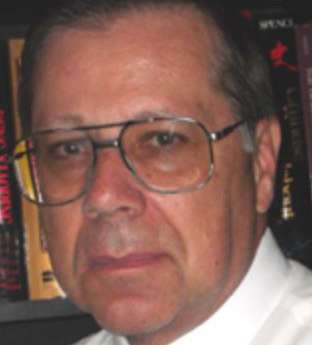
By JOHN RICHARD SCHROCK
Millions of television viewers are watching the winter Olympics held in Beijing. But had it been held anywhere else on earth at this time, it would very likely become a superspreader event.
It is important to stop and realize why Beijing offers a safer venue at a time when this most contagious omicron variant is still sweeping the world.
The number of cumulative deaths per million population in China is just three. For little New Zealand that has long isolated itself from the rest of the world, that number is eleven. For some other East Asian countries with a Confucian-heritage ethic that is infused with concern for others, the cumulative deaths per million are 132 (South Korea) and 150 (Japan). On the other end of this scale, the cumulative deaths per million in individualistic Western nations are alarming: Brazil (2,982), United States (2,692), Mexico (2,406) and the European Union (2,150).
Nearly all of China’s coronavirus deaths occurred in early 2020, before any vaccine was available. They were able to stop the initial epidemic by curtailing spread by staying at home or inside university walls, etc. Their general term “quarantine” for isolating an infected person is “gé lí” [隔离]. Along with South Korea, Japan, Taiwan, Hong Kong and Singapore, they used a cell phone app to alert anyone who tested positive with a red code to go home and stay in quarantine. Anyone whose phone came in close contact with such a person’s cell phone in the prior days got a yellow code to also go home and isolate. Other folks’ cell phone app remained coded green.
When infections were surging, it became necessary to curtail all local travel and to stay-in-place to break the chain of transmission. This strategy that many Western countries call “lockdown” is fēng bi guǎn kong [封闭管控]. Schools are considered very important in East Asia. K-12 schools usually have a brick fence around them. Universities have a wall surrounding them, with only a few gates that are easily closed. Lockdown of a school is “fēng xiào” [封校]. In February 2020, the sealing off and isolation of the city of Wuhan, and the recent brief lockdown of Xi’an is “fēng chéng” [封城] where the character “chéng” means “city.”
Although China had brought COVID-19 transmission to a halt in mid-2020, they faced continued import of new cases and strains across their borders with Siberia, North Korea and western Xinjiang, as well as through the Beijing airport. China was therefore in the forefront of testing and producing vaccines. SinoVac and SinoPharm were WHO-approved. They also now have CanSino and Anhui Zhife vaccines. The Global Commission for Post-Pandemic Policy keeps records on vaccine production. About half of worldwide production of COVID vaccines is by China (4,907 million) followed by the European Union (2,213 million), India (1,606 million) and the United States (992 million).
China had also tested its vaccines for use with children and began vaccination of those above age two long before the U.S. Since our youngest are yet to be vaccinated, vaccination rates will not reach 100 percent. According to Our World in Data, as of Jan. 31, the percent of persons having received two vaccinations varies substantially: China (86%), Japan (79%), Vietnam (73%), Germany (73%), and the United States (64%).
However, many countries now consider a third or fourth booster shot necessary to restore our diminishing immune response over time. Therefore, the number of doses per 100 citizens varies widely by country as well: Cuba (304), United Arab Emirates (255), Chile (241), Singapore (226), South Korea (225), Denmark (225), China (212) and the United States (163).
These Olympics are again a time when viewers worldwide are focused on the broad array of athletes from across the world who are competing to set world records. It is very inspiring to see them come together and cheer on the accomplishments of many amazing athletes who have practiced and sacrificed to get to the Olympics and win, regardless of their country.
And from a medical perspective, this year’s winter Olympics is being held in the safest place possible.
. . .
John Richard Schrock has trained biology teachers for more than 30 years in Kansas. He also has lectured at 27 universities in 20 trips to China. He holds the distinction of “Faculty Emeritus” at Emporia State University.





